And On The Eighth Day God Created Osmo Polyx Oil
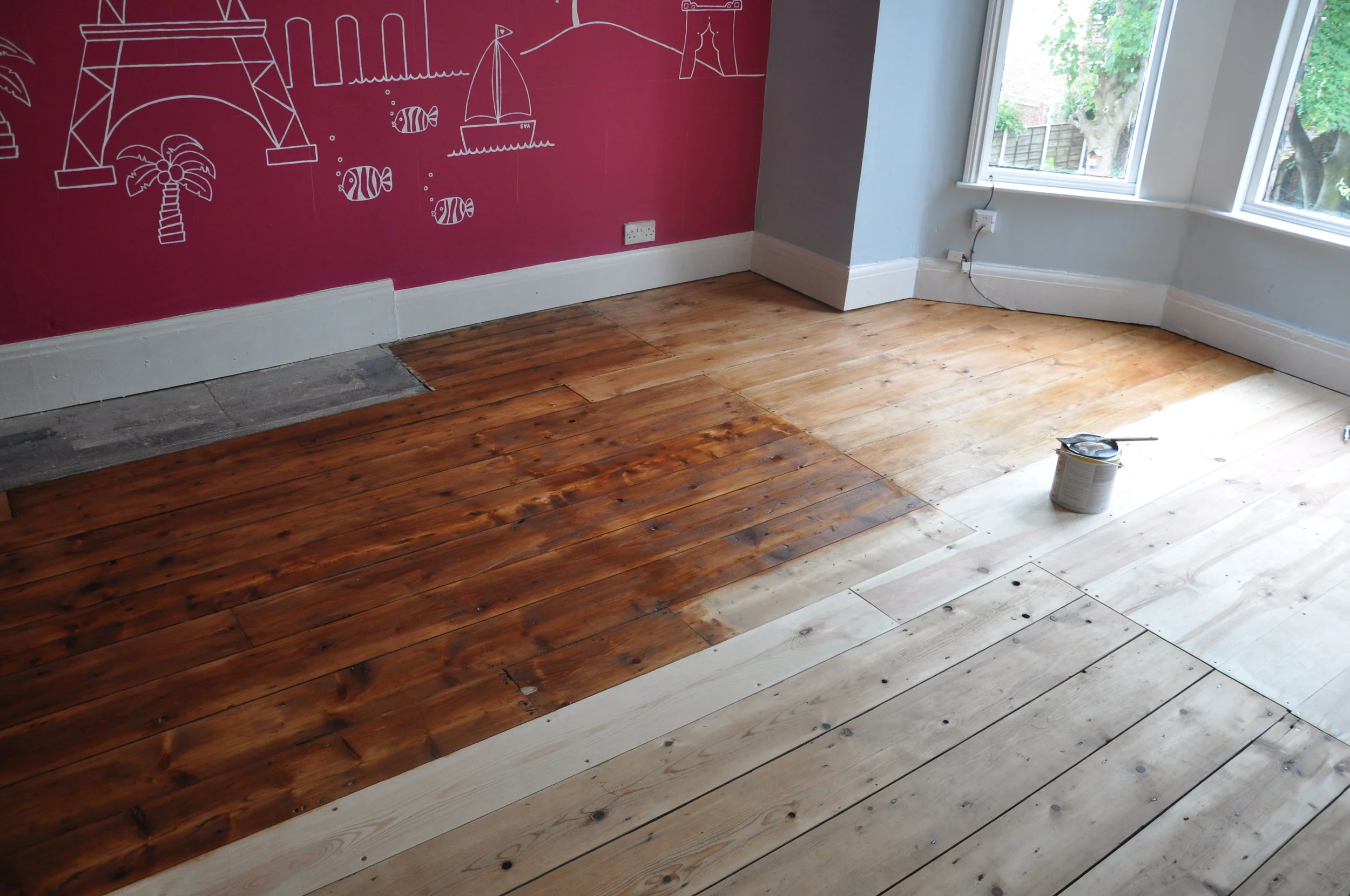
My goodness, did we make the right decision in choosing Osmo Polyx Oil for our Victorian wooden floor. I spent hours researching (and pricing) different options on the internet, talking to manufacturers and suppliers, purchasing samples and experimenting with them on different types of wood and items of furniture - and eventually decided to go with Osmo Polyx Oil Tints in Amber (3072), their original tinted hardwax oil, because it seemed to suit our thirsty 130 year old rustic plank floors a little better than their Wood Wax Finish.
We actually thought our Victorian floor looked great in its native sanded state, and even at one stage contemplated just leaving it as it was.
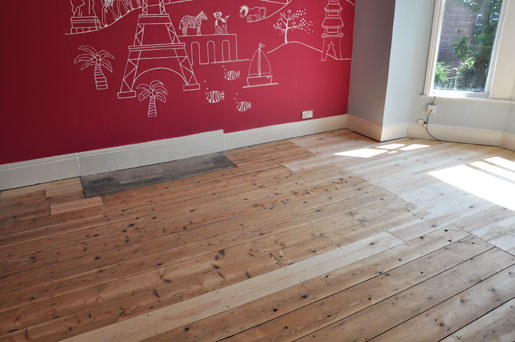
But then the oil started sinking into that lovely old wood...
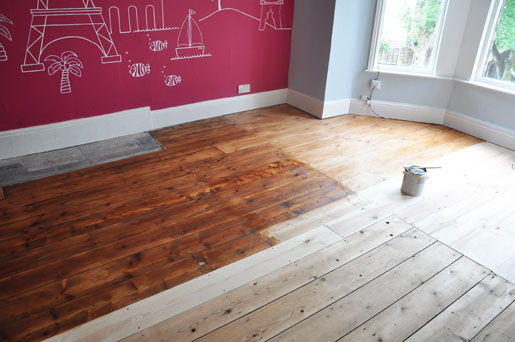
...and we couldn't believe how incredibly gorgeous it looked. The oil brings out all the colour and texture variations of the old wood in a really stunning way. Seriously, I'm in love with this magical miracle product. On the advice of our supplier, we put down one coat of Osmo Polyx Oil Tints in Amber, followed by two coats of Osmo Polyx Oil in satin-matt to give it protection and a beautiful sheen.
After seeing how gorgeous the wood looked just from the colour (it had a fabulous matt appearance), I did wonder if we'd maybe made a mistake in choosing a satin-matt finish for the top coat - but as soon as the top coat went down you could see how it enhanced and enlivened the appearance of the wood ten times over compared to the matt finish, so it was definitely the right choice for us.
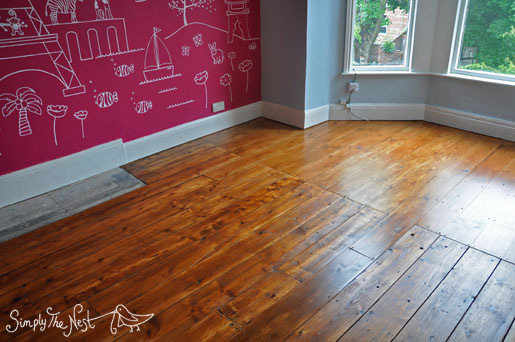
I found really helpful advice on this website regarding applying Osmo oil - but my top tip is to buff it on with a quality brush (we use Purdy brushes) using as little of the product as possible, in much the same way as you do when you're trying to get rid of excess paint from your brush. I would also recommend experimenting beforehand to get the hang of the technique. This is not a slap-it-on-and-hope-for-the-best product - it needs to be applied carefully, with loving attention.
We found the oil went on completely differently on the newer part of the floor. On the original Victorian planks, it sank in immediately. On the new planks, it had a tendency to sit on the surface, and brush strokes were more obvious. It took at least twice as long to apply to the newer planks as we had to be much more careful. Osmo say you should only use one coat of the colour - we found that one coat gave a very pleasing matt finish, while two coats created a shiny finish. We needed two coats on the newer part of the floor to give the same depth of colour as the Victorian part of the floor - the shiny finish wasn't a problem for us because we'd chosen a satin-matt finish for the top coat which evened all the planks out, but it's something to be aware of if you're set on a matt finish.
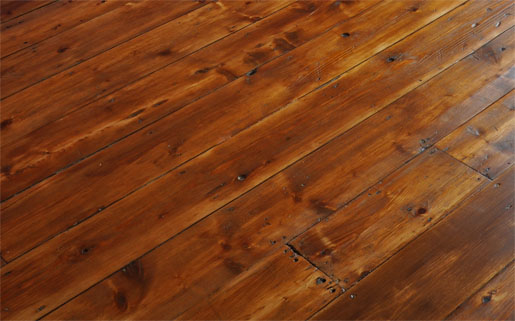
Let me see, what else? Oh, drying times. 24 hours for the colour, and 12 hours for the top coat. The top coat was also significantly smellier than the colour for some reason. Yowser!
Oh, and of course the cost. Osmo is not a cheap product compared to more mainstream products like Ronseal. However, a little of it goes a very, very long way. I estimate that we ended up spending £60 to give 3 coats of oil in a 24m square room, which works out at £2.50 per square metre.
If you've stumbled across this post because (as I did in the course of my own research) you've been busy scouring the internet to find advice from actual homeowners on how effective Osmo Polyx Oil is for Victorian wooden floors, I hope you've found it useful. Please feel free to ask any questions via the comments and I'll be happy to help.
Hmm, what to share next? The mural (sneak peek above...)? The chair? The new chandelier? The curtains? A few more photos of Penny happily chasing flies on the surface of our never-draining pond? Watch this space...